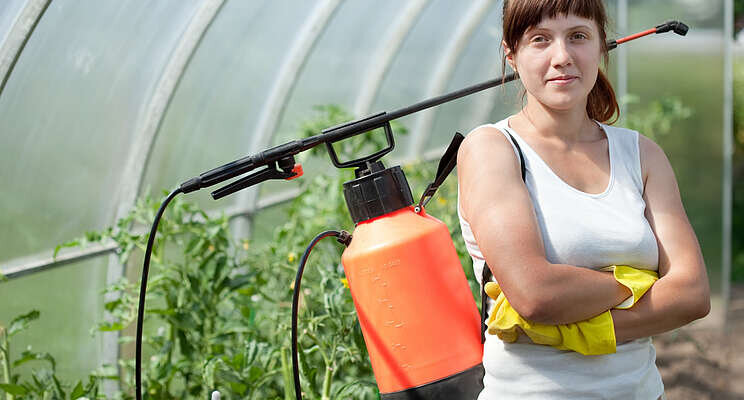Application of insecticides combined with anti-insect nets
Added on 02 October 2022

In two greenhouse trials, thiamethoxam 25% water dispersible granules (WDG) at a field rate of 21 g a.i./hm2, sulfoxaflor 22% aqueous?suspension (AS) at 18 g a.i./hm2 or cyantraniliprole 10% oil-based suspension concentrate (OD) at 18 g a.i./hm2 applied via soil drenching before seedling transplanting in combination with white anti-insect nets (50 mesh) all effectively controlled the damage to B. tabaci and resulted in a low density of adults and eggs during the entire growing season, which was significantly lower than application of thiamethoxam, sulfoxaflor or cyantraniliprole via soil drenching before seedling transplanting without anti-insect net treatments or anti-insect nets alone (P?<?0.05).
All of the above treatments provided significantly better results than the untreated control (P?<?0.05). All chemically treated tomato fruits had acceptable insecticide residuals that were lower than the corresponding maximum residue limits.
Continue reading.
Photo created by bearfotos - www.freepik.com
Source: AgNews
More news















